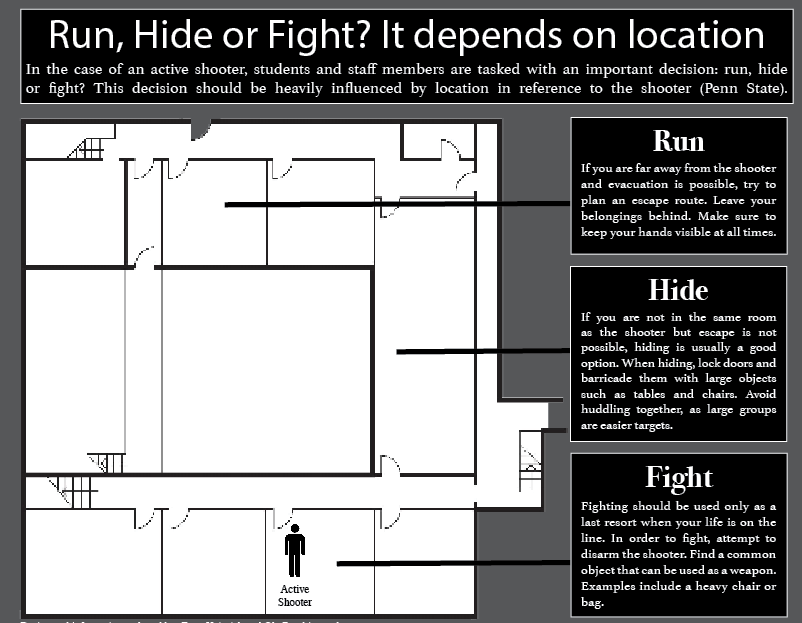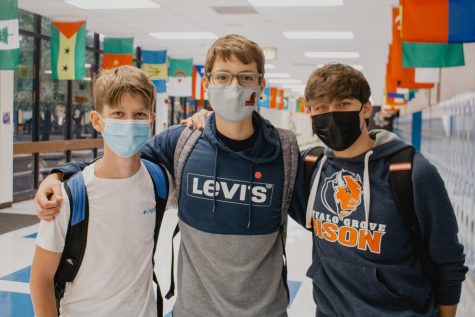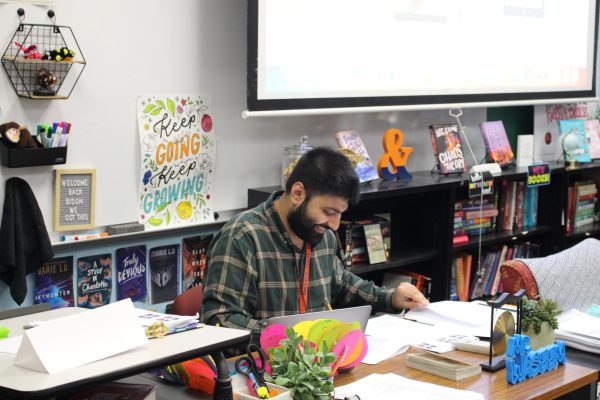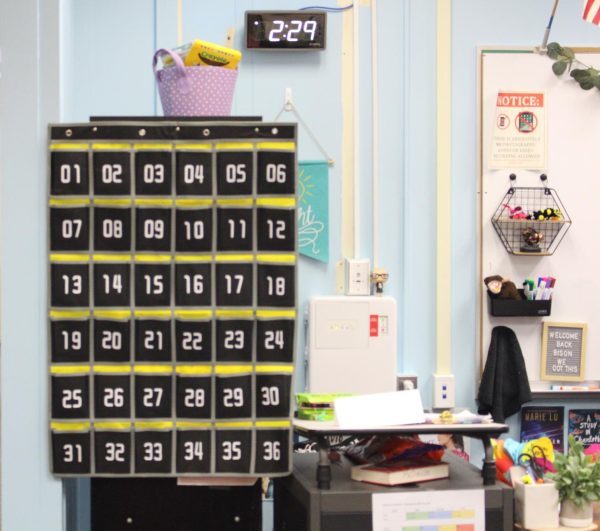New initiative, “Run, Hide, Fight,” focuses on keeping staff and students safe and aware
According to ABC, there have been 19 mass shootings in 2019 so far. Our current social climate allows for the publicization of mass murder and similar acts of domestic terrorism, leading many to be weary of our well being in places we routinely consider “safe.”
In response to the uptick of public school shootings, the state of Illinois recently passed a law that requires schools to conduct an active shooter drill within the first 90 days of the 2019-20 school year. In response to the passing of the new law, the administration, in correspondence with the Buffalo Grove Police Department (BGPD) has implemented a program to better allow students and staff to understand the ways in which they can react to an active shooter scenario.
“In the world we’re living in right now, it’s difficult to figure out the right type of drill and protocol to go about this,” associate principal Robert Hartwig said. “Here at BG, we’ve decided to take a conservative method to start.”
Run, Hide, Fight is the name of the national initiative that will guide our active shooter drills. Run, Hide, Fight is an option-based protocol in the event of an active shooter, which gives you three options. As the name suggests, the three options are run, hide or fight.
“It’s not like a checklist, it is whatever option presents itself to you as the best course of action,” school resource officer Adams said. “For example, if you hear gunshots in the library and you are in the foyer, it makes sense to run. It doesn’t make sense to hide.”
This makes Run, Hide, Fight a blend of organized criteria and common sense to make escaping an active shooter as smart and as safe as possible. The initiative does not have a set of established guidelines that have to be followed; Run, Hide, Fight is more of a display of options meant to mentally prepare those who follow its recommendations.
Run, Hide, Fight is a newer program, however it stems from similar teachings of older initiatives such as Alert, Lockdown, Inform, Counter, Evacuate (ALICE) but attempts to simplify them to a more universal scale.
“As time progresses and we implement drills, we hope to see that eventually, students will more naturally make the decision to run or to hide,” Hartwig said. “We will try to make them more realistic as the years progress in hopes of developing an awareness of what to do during such an event.”
As far as the current school year, the administration and the BGPD plan on enacting a drill that will focus on the “hide” mode, followed immediately by a class discussion. Everybody will be hiding in the first scenario, which is meant as a “baby step” in implementing more elaborate and realistic Run, Hide, Fight drills in future years.
For the first year, no drastic measures will be taken; a whistle or air horn will be sounded in place of a firearm, placing the school in a state similar to a hard lockdown. Students, staff and parents will receive prior notification to the drill before it is put into effect.
“It’s beneficial to know how to handle situations like that,” senior Christian Thomas said. “The three options seem to cover the basics of what you could do in all occurrences.”
According to Hartwig, the process of practicing and playing out active shooter scenarios will be changed multiple times.
“For the drill, [the administration] should emphasize the realism of the threat, which could get rid of the mentality that the video and the initiative is a joke,” Thomas said.
Nothing is yet solidified and discussions among district heads and resource officers at each municipality continue to provoke more thought on ways to better implement and familiarize students with Run, Hide, Fight as it continues to play a role in school safety.
“A lot of people want to protect students and no one wants to think about these things happening, but we need to understand that these things can happen to students and we should let our students know what to do,” Adams said. “Even though we would all like for it to never happen here, we have to prepare ourselves in the event that it could.”







